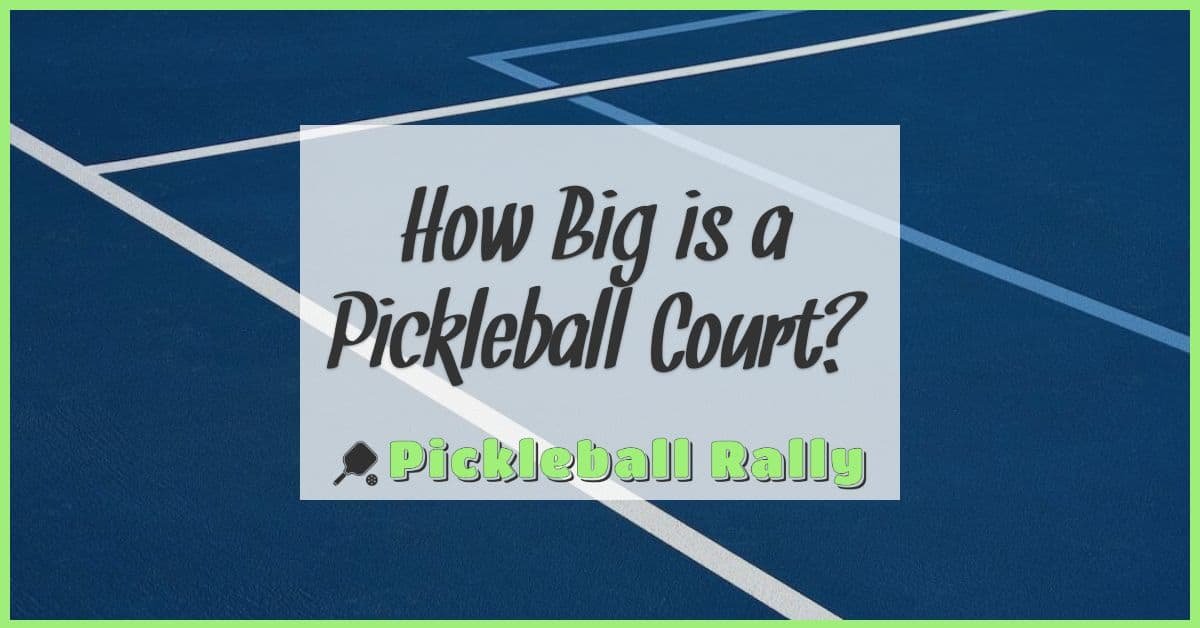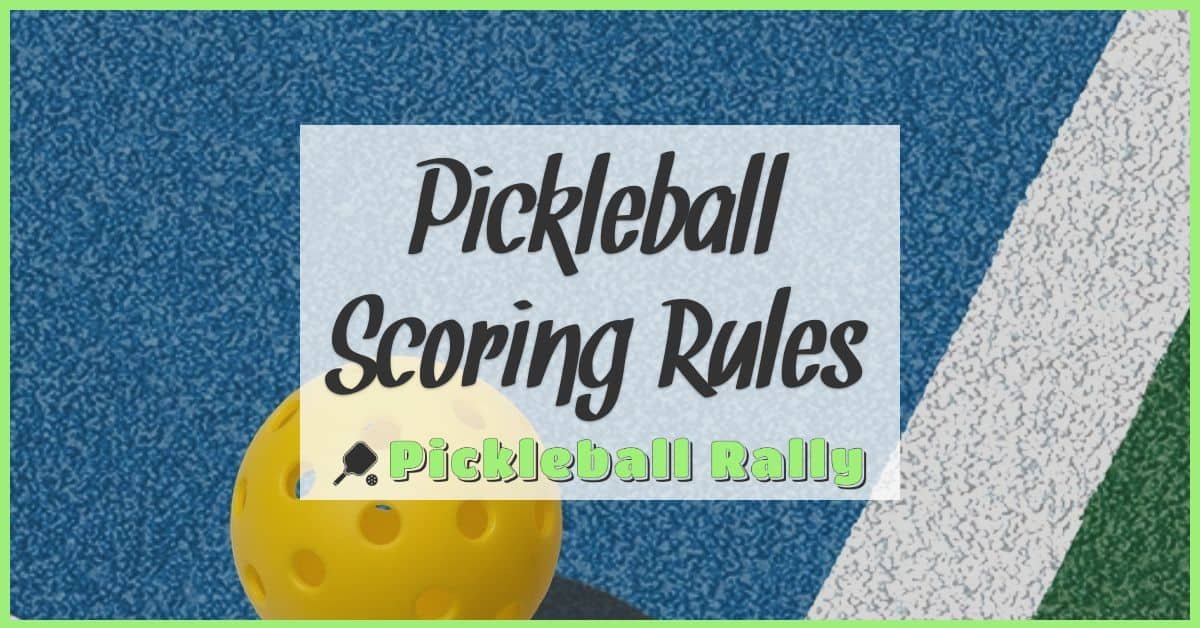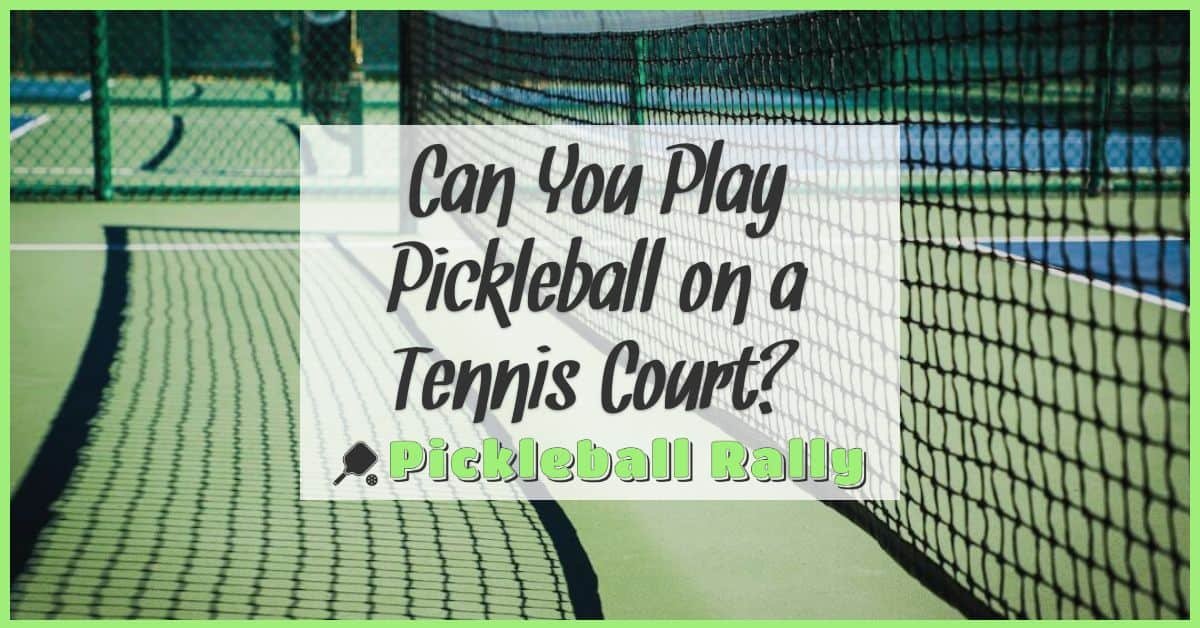When we step onto a pickleball court, the way it’s positioned can actually shape how we play. Court orientation isn’t just about where the lines are drawn—it’s about how sunlight, wind, and even the surroundings affect every serve and volley. Understanding this can give us a real edge in our game.
Whether we’re playing indoors or outdoors, the court’s direction influences visibility and comfort. It’s surprising how much these factors impact our strategy and performance without us even realizing it. Let’s dive into why court orientation matters and how we can use it to up our pickleball skills.
Understanding Court Orientation in Pickleball
Court orientation plays a key role in how we experience the game. It shapes conditions that affect every shot, rally, and strategy we use on the court.
Definition and Importance of Court Orientation
Court orientation refers to the direction a pickleball court faces relative to natural elements like the sun and wind. Knowing this orientation helps us anticipate challenges like glare or strong gusts that can disrupt our play. Proper court alignment improves visibility, making it easier to track the ball, especially during fast-paced exchanges. It also enhances comfort by reducing distractions and physical strain, letting us focus entirely on skill execution and tactics. Understanding orientation empowers us to adapt our approach and optimize performance during matches or practice.
Factors Influencing Court Orientation
Several factors influence the ideal court orientation, with sunlight exposure as the primary concern. Courts aligned north-south generally minimize sun glare directly in players’ eyes during morning and late afternoon play, helping maintain clear vision throughout. Wind direction matters next. When courts run parallel to prevailing winds, strong breezes can affect ball trajectory unpredictably, so positioning courts perpendicular to prevailing winds reduces interference. Surrounding elements, including fences, trees, buildings, and nearby roads, add additional variables. These can block sunlight or channel wind in certain ways, so their placement has to be considered carefully. Indoor courts must focus on artificial lighting placement and potential reflections, which change the visual environment differently from outdoor courts. Understanding these factors allows us to advocate for court setups that enhance game quality and player comfort.
Impact of Court Orientation on Gameplay
Court orientation plays a direct role in how we perform on the pickleball court. Understanding these effects helps us adapt our strategies and improve our overall game.
Effects on Player Performance
Sunlight hitting our eyes can cause discomfort and reduce reaction times, especially during key shots. Courts aligned north-south cut down on glare, letting us stay focused on the ball instead of shielding our eyes. Wind patterns tied to court direction alter our movement and shot selection. When facing a strong crosswind on an east-west court, we adjust our positioning and shot strength to maintain control. Surrounding features like fences and trees affect airflow and noise, influencing our concentration. Inside courts oriented away from harsh artificial lighting keep reflections and shadows minimal, preventing visual distractions during play. By recognizing how these elements relate to court orientation, we tailor our practice and match-day routines to stay sharp.
Influence on Ball Trajectory and Visibility
Ball trajectory varies with wind direction, which depends on court layout. Headwinds slow down shots, forcing us to add power, while tailwinds speed the ball up, requiring more precise placement. Sidewinds cause unexpected ball drift, making control and anticipation more challenging. Glare from the sun or indoor lighting affects how clearly we see the ball in flight. Courts oriented north-south limit direct sun exposure at eye level, enhancing visibility during volleys and serves. When the ball blends into background glare, tracking it becomes a struggle, increasing unforced errors. Choosing or adapting to court orientation improves how accurately we judge ball speed and trajectory, boosting our shot-making effectiveness.
Environmental Considerations
We focus on environmental factors that shape how court orientation affects pickleball play. Sun position and wind direction stand out as two key elements that impact comfort and game quality.
Sun Position and Its Effect on Play
Sunlight impacts visibility and reaction time during play. Courts aligned north-south help keep the sun off players’ faces during morning and late afternoon sessions. Early or late games played on east-west courts risk glare directly in players’ eyes. This glare reduces focus on the ball and increases mistakes. We recommend scheduling matches when the sun is at a higher angle or setting courts to minimize direct sunlight exposure. Shade structures or nets can also help reduce sun interference, especially during peak sunlight hours.
Wind Direction and Court Setup
Wind affects ball trajectory, speed, and control—elements critical for precise shots. We notice that courts placed with prevailing winds coming along the sidelines create predictable conditions. Crosswinds, if too strong, challenge shot accuracy, forcing players to adjust power and angle constantly. Planning courts so winds blow parallel to the net eases these difficulties. Natural or artificial windbreaks—trees, fences, or wind screens—mitigate gusts and stabilize play. Understanding local wind patterns before setting a court boosts consistency in training and performance.
Strategies for Optimizing Court Orientation
Maximizing court orientation enhances player comfort and performance in pickleball. We can use specific strategies indoors and outdoors to control light and wind effects.
Best Practices for Indoor Courts
We focus on lighting and reflections when setting up indoor courts. Positioning courts away from bright overhead lights prevents glare on the paddle and ball. Using diffused lighting reduces harsh shadows that disrupt depth perception. Installing non-reflective wall surfaces behind the baseline helps us avoid distracting reflections. Maintaining consistent light levels across the court keeps visibility steady during rallies. Ventilation should be arranged to minimize unpredictable air currents that could influence ball trajectory. These adjustments keep indoor play smooth and competitive.
Adjusting Outdoor Courts for Optimal Play
We align outdoor courts in a north-south direction to limit sun glare during morning and late afternoon play. Situating courts so prevailing winds run along the sidelines rather than across them creates more predictable ball movement. Using natural windbreaks like trees or installing fence panels shields players from gusts. Scheduling matches to coincide with mid-day sun position also reduces visual discomfort. If permanent changes aren’t possible, players can choose equipment such as tinted eyewear or caps to mitigate sunlight effects. These tactics help us maintain control and focus outdoors.
Conclusion
Getting the court orientation right makes a noticeable difference in how we play and enjoy pickleball. By paying attention to factors like sunlight and wind, we can create a more comfortable and predictable environment that helps us stay focused on the game.
Whether indoors or outdoors, small adjustments to court setup or even our gear can boost our performance and reduce distractions. When we consider court orientation thoughtfully, we’re setting ourselves up for better rallies, sharper shots, and more fun on the court.









